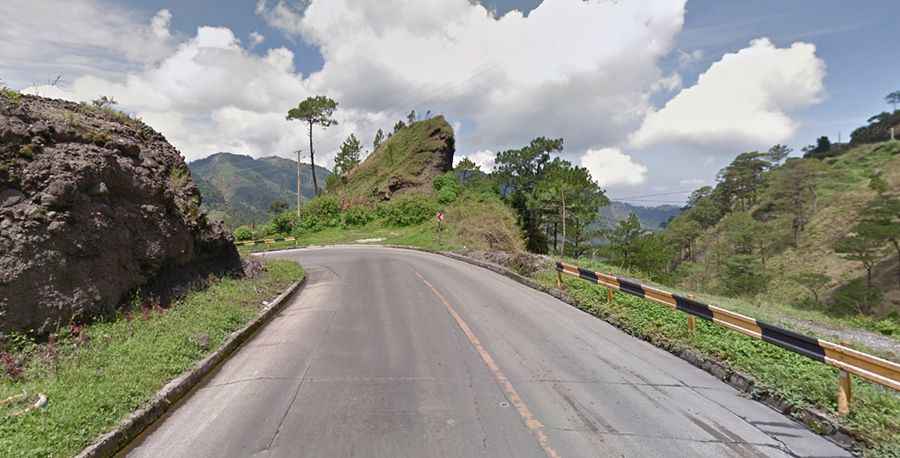A lovely trip on the paved Halsema Highway in the Philippines
Halsema Highway was once considered one of the most dangerous highways in the world. Every day, commuters, transporters, tourists, and residents traversed this route, braving steep crags, narrow and sheer drop-offs, some more than 1000 feet. However, the road has now improved, offering a delightful journey along an asphalted road that traces a circuitous path, crossing the massive Cordillera Central mountain range on the Island of Luzon.

Where does Halsema Highway start and end?
The road, part of National Route 204 (N204), is 150 km (93 miles) long, running south-north from Baguio City to Bontoc, in Mountain Province. It's a two-to-four-lane fully paved highway passing through some of the most remote provinces in the country. It's a long stretch of 'twisties,' as they call it.
Who built Halsema Highway?
Tucked away in the northern part of Luzon island, the road was opened in 1930 under the leadership of Engineer Euseibus Julius Halsema, after whom the highway is named.
Why is Halsema Highway dangerous?
The road, also known as Baguio-Bontoc Road or Mountain Trail, features hazardous sections, especially during the rainy season. Like many under-maintained mountain roads, landslides are a hazard, with big stones and debris tumbling from peaks. Along with the cloud forests comes mist that can impair visibility. Bus drivers travel at high speeds, making it very dangerous for smaller vehicles. Extreme foggy conditions and slippery asphalt during the rainy season complicate the driving, turning the road even more dangerous. In the 1980s, it was considered one of the few dangerous roads in the world. However, the road is now well-developed, and driving a sedan is possible due to improved road conditions. Gas stations are available along the way. Ensure proper fueling and check brakes and tires for safety. When going downhill, shift to low gears and never rely solely on brakes for safety. Pay attention to cars stopping in the middle of the road, and avoid night drives as there are no lamp posts.
Is Halsema Highway worthwhile?
Set high in the Cordillera Central range of the Philippines, the road, known as the "main artery" of the Cordillera’s road system, tops out at 2,300m (7,400ft) above sea level in the municipality of Atok. It was the highest road in the country until 2019 when it was surpassed by the Kiangan–Tinoc–Buguias Road in Tinoc, Ifugao. The road is extremely scenic and worthwhile. A few years ago, before the last improvements, it was one of the ten most dangerous roads in the world. But the once deadly and dangerous road now gives travelers a peek at otherworldly beauty. Don’t be afraid to take this highway. Roll down the windows and feel the cold breeze. Enjoy every natural wonder you encounter. The drive through Halsema features jaw-dropping scenery and a way to experience the famous spot, Sagada. Make sure your camera is loaded with batteries to take pictures as you will witness some sweeping views.